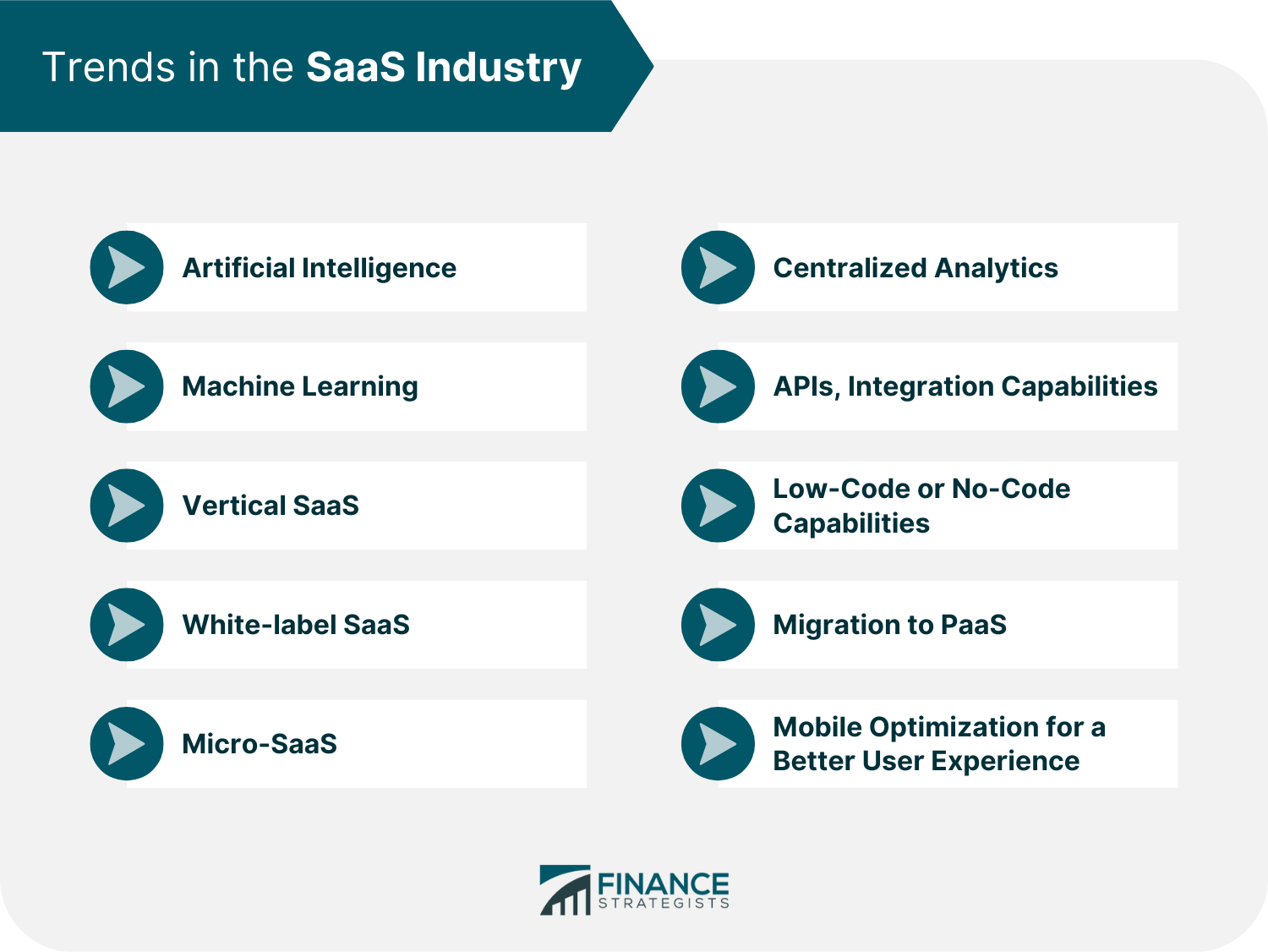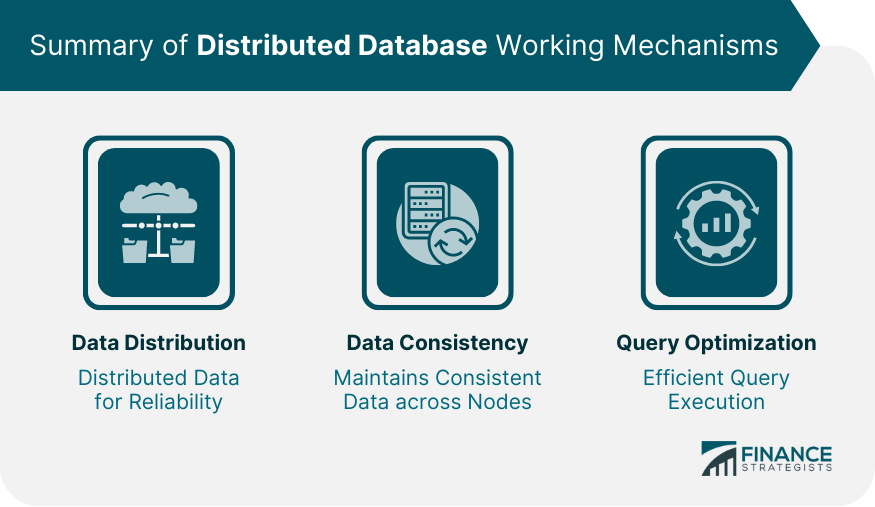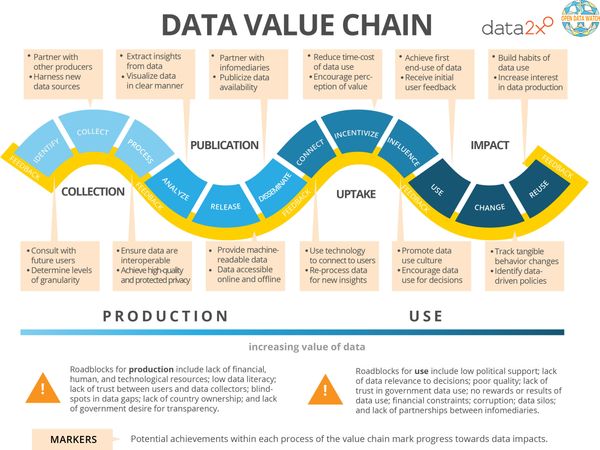Overview
Definition of Database Virtualization
Database virtualization is a technique that allows multiple databases to be managed as a single entity. It provides a layer of abstraction between the applications and the physical databases, enabling greater flexibility and efficiency in managing data. With database virtualization, organizations can consolidate their databases, reduce hardware costs, and simplify database management. This technology also offers benefits such as improved scalability, increased availability, and enhanced security. Moreover, it allows for easier data migration and enables organizations to take advantage of cloud-based database services. In the context of Google Ranking, database virtualization can play a crucial role in optimizing website performance and improving search engine rankings. By virtualizing databases, organizations can ensure faster access to data, which can positively impact website loading speed and user experience. Additionally, database virtualization can facilitate efficient data indexing and query optimization, leading to better search engine visibility and higher Google Ranking.
Benefits of Database Virtualization
Database virtualization offers several benefits for organizations. One of the key advantages is increased flexibility. With database virtualization, organizations can easily scale their database infrastructure up or down based on their needs. This allows them to quickly adapt to changing business requirements and handle increased workloads without the need for significant hardware investments. Additionally, database virtualization enables organizations to consolidate their database servers, reducing the number of physical machines required and saving on hardware and maintenance costs. Another benefit is improved resource utilization. By virtualizing databases, organizations can optimize the use of their server resources, ensuring that each database instance has access to the necessary computing power and storage. This not only improves performance but also reduces the overall infrastructure footprint. Furthermore, database virtualization enhances data security. By centralizing database management and implementing robust security measures, organizations can better protect their data from unauthorized access and potential breaches. Overall, database virtualization offers organizations greater flexibility, cost savings, improved resource utilization, and enhanced security.
Challenges of Database Virtualization
Database virtualization offers numerous benefits, such as improved resource utilization, simplified management, and increased flexibility. However, it also comes with its own set of challenges. One of the main challenges of database virtualization is performance. Virtualizing databases can introduce latency and overhead, which can impact the overall performance of the system. Another challenge is data security. Virtualized databases may be more vulnerable to unauthorized access and data breaches. Additionally, compatibility issues with legacy systems and applications can pose a challenge when implementing database virtualization. Despite these challenges, organizations can overcome them by implementing proper performance tuning, robust security measures, and thorough compatibility testing.
Benefits of Database Virtualization

Improved Resource Utilization
Database virtualization offers improved resource utilization by allowing multiple databases to run on a single physical server. This can result in significant cost savings as fewer servers are required to support the same workload. Additionally, virtualization allows for better allocation of resources, ensuring that each database has access to the necessary computing power and storage capacity. By consolidating databases onto a single server, organizations can optimize their infrastructure and reduce the overall hardware footprint. This not only saves physical space but also reduces energy consumption and cooling requirements. Overall, improved resource utilization through database virtualization enables organizations to maximize their IT investments and achieve greater operational efficiency.
Increased Flexibility and Scalability
Database virtualization offers increased flexibility and scalability, allowing organizations to easily adapt to changing business needs. By abstracting the underlying physical infrastructure, virtualization enables the decoupling of databases from specific hardware, making it easier to move and scale databases as needed. This flexibility also extends to the ability to provision and allocate resources on-demand, enabling organizations to quickly respond to spikes in workload or changing requirements. With database virtualization, organizations can achieve higher levels of agility and efficiency, as they can rapidly provision new databases, scale resources up or down, and allocate resources based on specific workload demands. This increased flexibility and scalability ultimately leads to improved business operations and the ability to better meet customer demands.
Reduced Costs
Reduced Costs
Database virtualization offers several benefits, one of which is the potential for reduced costs. By consolidating multiple databases onto a single virtualized infrastructure, organizations can save on hardware, maintenance, and licensing costs. Additionally, virtualization allows for more efficient use of resources, reducing the need for excess hardware and minimizing energy consumption. This can result in significant cost savings over time. Moreover, virtualization can also contribute to improving database performance, which can further reduce costs by increasing productivity and minimizing downtime. By implementing database virtualization, organizations can achieve cost savings while also enhancing the overall efficiency and performance of their databases.
Considerations for Database Virtualization
Performance and Latency
Database virtualization offers several benefits for performance and latency. One of the key advantages is the ability to optimize resource allocation and improve overall system efficiency. By virtualizing databases, organizations can better manage and allocate resources based on workload demands, resulting in improved performance and reduced latency. Additionally, database virtualization allows for better scalability and flexibility, enabling organizations to easily scale their database infrastructure as needed. This can be particularly beneficial for organizations that experience fluctuating workloads or need to quickly adapt to changing business requirements. Furthermore, virtualization technologies often include features such as caching and data compression, which can further enhance performance and reduce latency. Overall, database virtualization provides a powerful solution for improving performance and reducing latency in modern IT environments.
Data Security and Privacy
Data security and privacy are crucial aspects of database virtualization. With the increasing amount of sensitive information being stored and accessed in virtual databases, it is essential to ensure that proper security measures are in place. Virtualization provides a layer of abstraction between the physical infrastructure and the data, making it more difficult for unauthorized individuals to gain access to sensitive data. Additionally, virtualization allows for granular control over access permissions, ensuring that only authorized users can view and manipulate the data. By implementing encryption techniques and regular security audits, organizations can further enhance the security and privacy of their virtual databases.
Compatibility and Integration
Database virtualization offers several benefits and considerations for organizations. One important aspect to consider is compatibility and integration. When implementing a database virtualization solution, it is crucial to ensure compatibility with existing systems and applications. This includes compatibility with different database management systems, operating systems, and programming languages. Integration with other IT infrastructure components, such as storage systems and network configurations, is also essential for seamless operation. Compatibility and integration play a vital role in ensuring the successful implementation and adoption of database virtualization technology. Organizations can leverage database virtualization to achieve process optimization, improving efficiency and reducing costs. By virtualizing databases, organizations can consolidate multiple databases into a single virtual environment, simplifying management and reducing hardware and maintenance costs. Additionally, virtualization enables organizations to scale resources as needed, providing flexibility and agility in meeting changing business requirements. Process optimization is a key objective for organizations seeking to enhance productivity and streamline operations, and database virtualization offers a valuable solution in achieving these goals.
Virtualization Technologies for Databases

Full Virtualization
Full virtualization is a technology that allows multiple operating systems to run simultaneously on a single physical server. It provides a complete virtual environment, including virtual hardware, operating systems, and applications. This type of virtualization offers numerous benefits, such as improved resource utilization, increased flexibility, and reduced hardware costs. However, it also introduces some considerations, particularly in terms of security. Ensuring the security of virtualized environments is crucial to protect sensitive data and prevent unauthorized access. Implementing strong access controls, regularly patching and updating virtualization software, and monitoring network traffic are essential security measures. By addressing these considerations, organizations can leverage the benefits of full virtualization while maintaining a secure and reliable infrastructure.
Partial Virtualization
Partial virtualization is a technique that allows for selective virtualization of certain aspects of a database. This approach offers flexibility and efficiency in managing large databases by virtualizing only specific tables or data subsets. One key consideration in partial virtualization is the choice between MySQL Community Edition and Enterprise Edition. The Community Edition is a free and open-source version of MySQL, while the Enterprise Edition provides additional features and support services. Depending on the specific requirements and budget constraints, organizations can choose the edition that best suits their needs. The decision can be further informed by considering the highlights of each edition, such as the advanced security features and scalability offered by the Enterprise Edition.
Containerization
Containerization is a technology that allows applications and their dependencies to be packaged and run in isolated environments called containers. It offers several benefits for database virtualization. Firstly, containerization provides a lightweight and portable solution for deploying and managing databases. With containers, developers can easily package the database software along with its dependencies and configurations, making it easier to deploy and replicate across different environments. Additionally, containerization enables efficient resource utilization by allowing multiple databases to run on a single host, reducing hardware and infrastructure costs. Moreover, containerization enhances scalability and flexibility by enabling the rapid deployment and scaling of databases as per demand. It also simplifies database maintenance by providing a consistent and reproducible environment, making it easier to apply updates and patches. Overall, containerization plays a crucial role in enhancing the benefits of database virtualization.
Best Practices for Implementing Database Virtualization

Assessing Workload and Performance Requirements
When it comes to assessing workload and performance requirements in database virtualization, database performance tuning plays a crucial role. Database performance tuning involves optimizing the performance of a database system by making adjustments to its configuration, schema design, indexing, and query optimization. By carefully assessing the workload and performance requirements of a database, organizations can identify areas for improvement and implement strategies to enhance the efficiency and responsiveness of their virtualized database environment. With database performance tuning, organizations can achieve better query execution times, reduced resource consumption, improved scalability, and enhanced user experience. Therefore, it is essential for organizations to prioritize database performance tuning as part of their assessment process for database virtualization.
Ensuring Data Security and Compliance
Ensuring data security and compliance is a crucial aspect of database virtualization. Under the hood, database virtualization provides several benefits such as improved performance, scalability, and cost savings. However, it also poses certain challenges that need to be addressed. One of the key considerations is ensuring the security of sensitive data. Organizations must implement robust security measures to protect against unauthorized access and data breaches. Compliance with regulatory requirements is another important consideration. Database virtualization solutions should adhere to industry standards and regulations to ensure data privacy and integrity. By addressing these concerns, organizations can confidently leverage the benefits of database virtualization while maintaining data security and compliance.
Monitoring and Managing Virtualized Databases
Monitoring and managing virtualized databases is crucial for ensuring optimal performance and reliability. With the increasing adoption of database virtualization, organizations are reaping the benefits of improved resource utilization, scalability, and cost savings. However, it is essential to have robust monitoring and management tools in place to effectively oversee virtualized database environments.
One of the key considerations in monitoring virtualized databases is understanding the database server features. These features play a vital role in ensuring the smooth operation of virtualized databases. By leveraging the capabilities of the database server, administrators can effectively monitor and manage the performance, security, and availability of virtualized databases.
Database virtualization offers numerous benefits, including the ability to consolidate multiple databases onto a single physical server, reducing hardware costs and simplifying database management. Additionally, virtualization enables organizations to quickly provision and scale database resources as needed, improving agility and responsiveness to changing business requirements.
To effectively monitor and manage virtualized databases, organizations should invest in comprehensive monitoring tools that provide real-time visibility into the performance and health of virtualized database instances. These tools should offer features such as performance monitoring, resource utilization tracking, security auditing, and automated alerts and notifications.
In conclusion, monitoring and managing virtualized databases is essential for maximizing the benefits of database virtualization. By understanding the database server features and investing in robust monitoring tools, organizations can ensure optimal performance, scalability, and reliability of their virtualized database environments.
Conclusion

Summary of Benefits and Considerations
Database virtualization offers numerous benefits and considerations that organizations should take into account. One of the key benefits is the ability to consolidate multiple databases onto a single physical server, which can lead to significant cost savings in terms of hardware and maintenance. Additionally, database virtualization allows for increased flexibility and scalability, as virtual databases can be easily provisioned and scaled up or down as needed. This can be particularly beneficial for organizations that experience fluctuating workloads or have a need for rapid deployment of new databases. Another advantage of database virtualization is improved resource utilization, as virtual databases can share resources more efficiently compared to traditional physical databases. However, it is important to consider certain factors when implementing database virtualization, such as performance impact and potential security risks. Overall, database virtualization offers a range of benefits, but organizations should carefully evaluate their specific requirements and consider the associated considerations before adopting this technology.
Future Trends in Database Virtualization
Database virtualization is a rapidly evolving technology that offers numerous benefits to organizations. As we look towards the future, there are several trends that are likely to shape the landscape of database virtualization. One of the key trends is the increasing adoption of cloud-based database virtualization solutions. With the rise of cloud computing, organizations are realizing the scalability and cost-efficiency advantages of moving their databases to the cloud. Another trend is the growing importance of data security in database virtualization. As more sensitive data is being stored and accessed in virtualized databases, ensuring the security and privacy of this data becomes paramount. Additionally, there is a growing demand for real-time analytics and insights from virtualized databases. Organizations are leveraging advanced analytics tools to gain valuable insights from their virtualized databases in real-time, enabling them to make data-driven decisions and improve business outcomes.
Recommendations for Organizations
Organizations considering implementing database virtualization should keep several recommendations in mind. First, it is essential to thoroughly understand how MongoDB sharding works. This knowledge will enable organizations to effectively distribute data across multiple servers, improving performance and scalability. Additionally, organizations should carefully evaluate their specific needs and requirements before selecting a database virtualization solution. This includes considering factors such as data security, ease of integration, and compatibility with existing systems. Furthermore, it is crucial to establish proper backup and disaster recovery mechanisms to ensure data integrity and minimize downtime. Finally, organizations should regularly monitor and optimize their database virtualization setup to identify and address any performance bottlenecks or issues that may arise. By following these recommendations, organizations can maximize the benefits of database virtualization and make informed decisions for their data management strategies.







